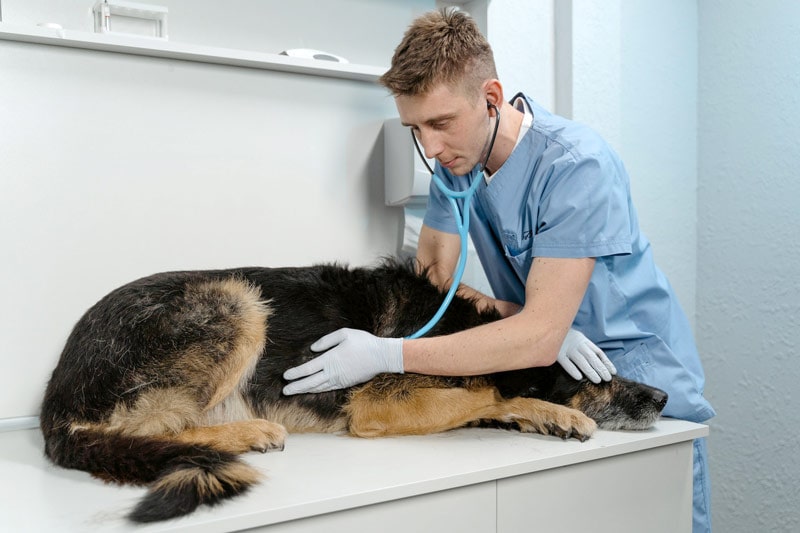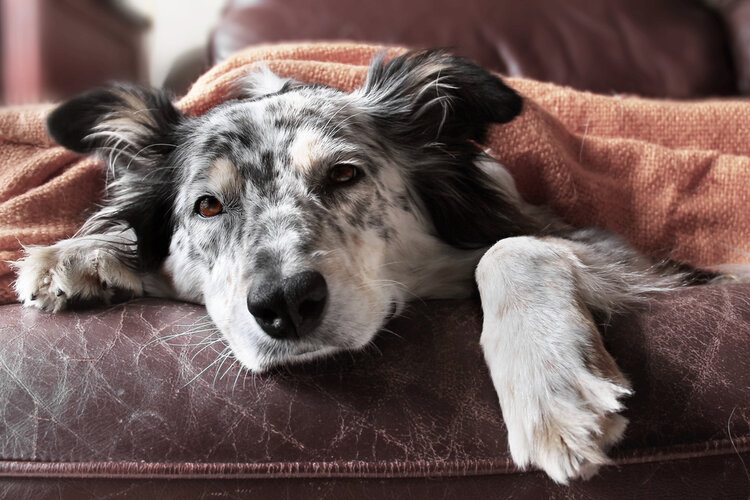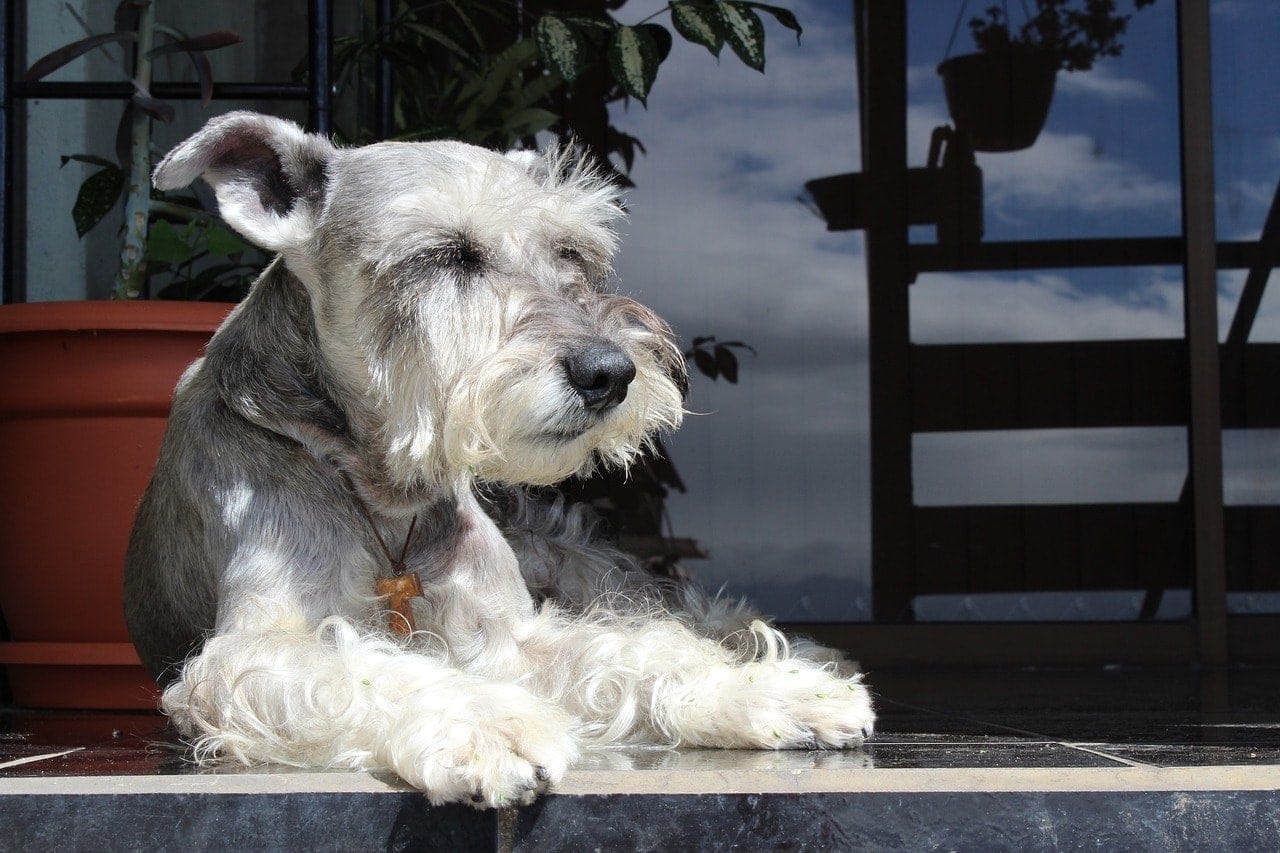Can Dogs Eat Custard? Vet-Approved Facts & Alternatives

Updated on

When we enjoy eating something, it might cross our minds to share it with our pets, especially when they’re staring at you with big, mournful eyes as you heat up the custard. Unfortunately, you can’t share custard with your favorite dog. While custard doesn’t always contain toxic ingredients, some recipes do and can harm your pet. Below, we’ll discuss why custard is unsuitable for your dog.
Why Can’t Dogs Eat Custard?
Custard contains a mix of sugar, cream, flavoring, and eggs, amongst other ingredients, which are generally too rich for a dog’s digestive system to handle. If they ingest too much, you can expect your pup to experience digestive issues.
If feeding your dog custard becomes a habit and not a one-time accident, it can also lead to weight gain because of the sugar and fats custard contains. Some brands even use a sweetener called xylitol, which is toxic and possibly deadly to dogs.

Can Dogs Be Allergic to Custard?
Custard contains eggs, which is a fairly common canine allergy. It also contains cream and milk; considering dairy is a common allergen, your dog could be allergic to it. However, it is more common for dogs to be lactose intolerant, which means they can’t digest dairy well. In this case, if your dog ate some custard, this would result in abdominal pain and diarrhea.
What Should You Do if Your Dog Ingests Custard?
The answer to this question depends very much on various factors, like your dog’s health, size and age, the ingredients used in the custard, and how much custard was ingested. If the custard has toxic ingredients like xylitol present, take your dog straight to the vet. Signs of xylitol poisoning to be on the lookout for are:
- Collapse/coma
- Lethargy/depression
- Stumbling/lack of coordination
- Tremors/seizure
- Vomiting
- Weakness/loss of balance
These signs are generally due to hypoglycemia (low blood sugar) and can appear 30 minutes after ingestion but might not appear until 12 hours after your dog has consumed xylitol.
Even if the custard doesn’t contain xylitol, don’t feel like you must wait for worrying signs to appear before contacting your vet. If you’re concerned about your dog, get them to your vet for a checkover.

Healthy Alternatives to Treat Your Dog
Ultimately, when it comes to sharing food with your dog, it’s important to remember that your dog’s digestive system differs from a human’s. Our food contains too much sodium, fat, and additives for them to digest properly, which leads to diarrhea, vomiting, and, most severely, conditions such as pancreatitis.
The safest way to treat your dog is to serve high-quality dog treats and make sure you factor them into their daily calorie requirement. That doesn’t mean you can’t ever share human food with your dog, but it’s essential to put the time in and educate yourself before giving them something potentially harmful. Here are some things to consider when sharing food with your dog:
- Avoid food with multiple ingredients: This includes processed food and homemade meals. Sticking to a treat with a single ingredient, like a piece of fruit, such as a de-seeded and cored apple, is a good idea.
- Do your research: Take the time to learn what is toxic to your dog and what signs to look out for if your dog ingests something harmful. Remember that dogs are opportunistic, so you might not always witness them eat something they shouldn’t.
- Feed your dog a high quality complete diet suitable for their life stage to ensure they get all the nutrients they need to stay healthy and happy. Treats should also be factored into their diet and should account for no more than 10% of their total daily calorie intake. Regularly feeding too many calorie-rich treats can lead to obesity, resulting in various health problems that can ultimately shorten their life.
- Avoid feeding them from your plate: Not only does feeding your dog this way encourage unwanted behavior, but you also risk giving them something toxic by accident.
Final Thoughts
Unfortunately, dogs can’t eat custard because not only is it unhealthy, but it can also be toxic. Human food can be a lovely treat, but remember that a dog’s digestive system isn’t the same as ours. If you are ever sharing food with your dog, check the ingredients, do your research, take the calories into consideration, and contact your vet if you’re ever worried about something they have eaten.
Featured Image Credit: J.luis Esquivel, Unsplash















